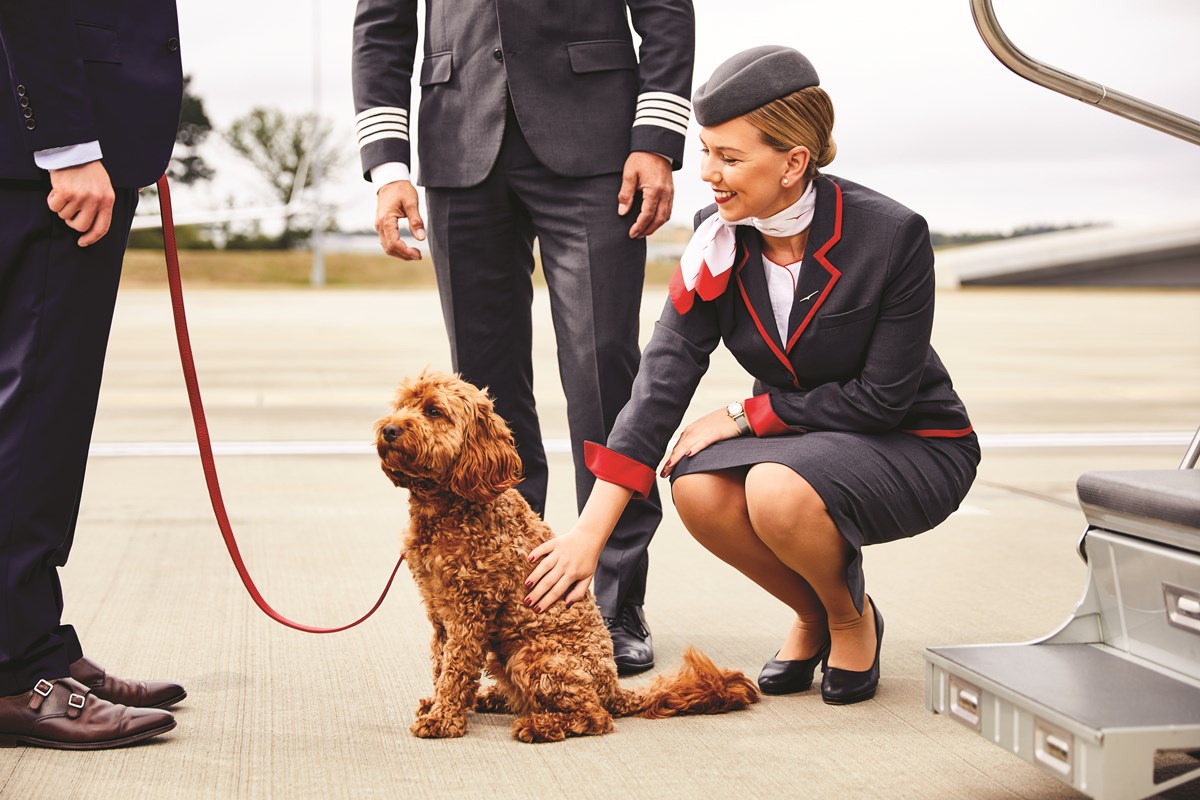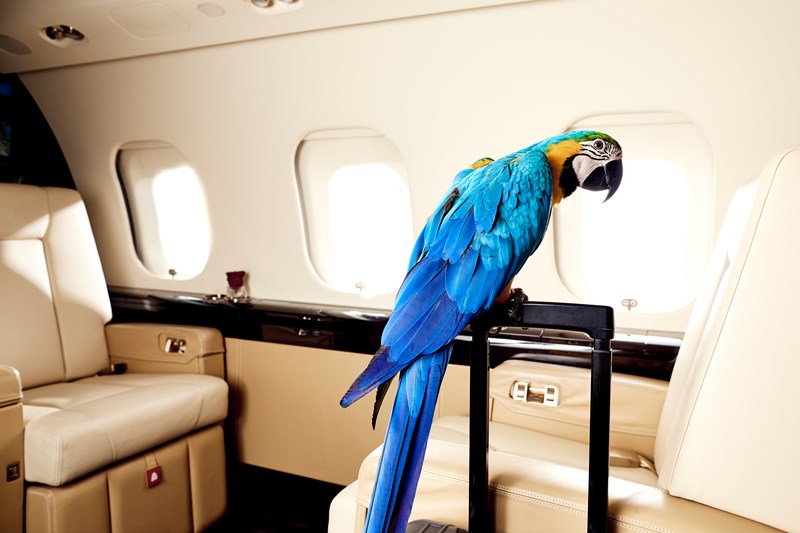
The comfort of our guests is paramount — this extends to loyal companions. One in four of our Members fly with their pets, and with the increased number of animals flying private across the U.S., UK and beyond, we’ve enhanced our pet-first program VistaPet, to ensure safety for all in-flight.
From dogs and cats to rabbits, birds and other guests, our experienced crew are trained on the latest standards for pet care in the air. This is part of our ongoing drive to offer best-in-class travel to all our valued guests.
We hold the highest safety ratings of any business aviation operator across flight operations, aircraft maintenance, safety, risk assessment and compliance standards. As part of the VistaPet offering, our crew also go through thorough training to help provide top-level care for animal passengers.
Their expertise spans the latest in health and safety guidance for in-flight pet care, including:

Our crew have been trained to interpret tell-tale signs in pet body language, to ensure that pets are at ease when they fly.
Did you know?
Whether your pet is feeling friendly, fearful, submissive or aggressive, our in-flight crew will know and treat them accordingly.
We also provide handmade Labbvenn sleep mats so pets can be close to their trusted owners, as well as animal fear of flying courses in partnership with The Dog House. These four-week programs desensitise pets to what they might experience during a flight and help make the experience enjoyable for everyone.

In the unlikely event of an emergency, our crew are also educated on how to check a pet’s vital signs, such as heart rate and pulse, body temperature and capillary refill time to ensure the safety of your pet.
Did you know ?
If a pet is showing signs of choking, our team are trained on multiple techniques to dislodge objects safely and they can perform CPR if the situation calls for it. They can also recognise and respond to symptoms of insect or food poisoning.
There’s now clear demand for both animal companionship and safer air travel. Because commercial flying can cause stress and discomfort for pets and their owners, VistaJet offers an alternative – to make travel as seamless as possible.
We’re here to support you with your pet bookings – no matter where you’d like to travel. Our commitment to rigorous animal safety training is only one element of our VistaPet program.
To find out more or to make your next booking, get in touch with VistaJet today.